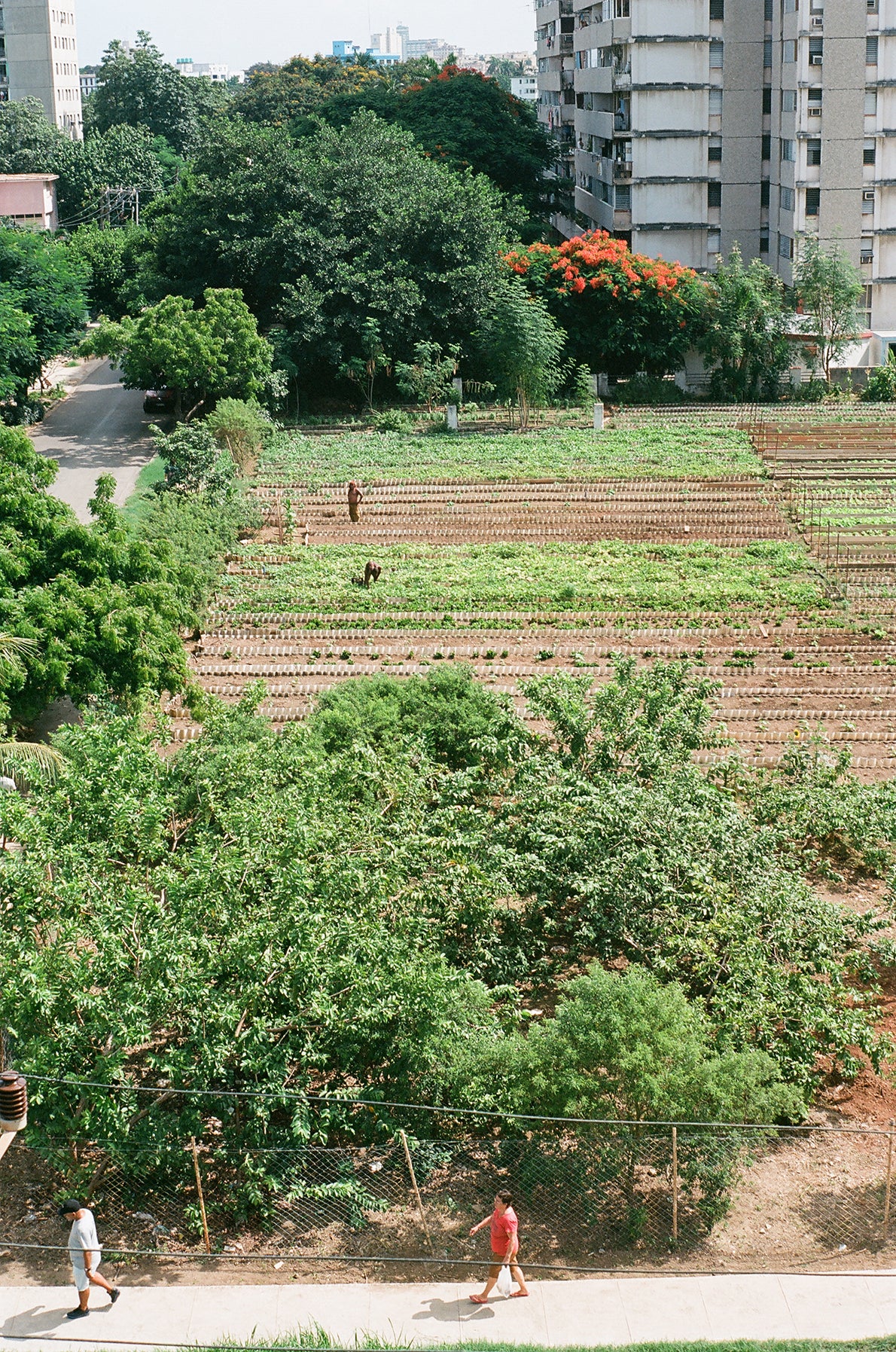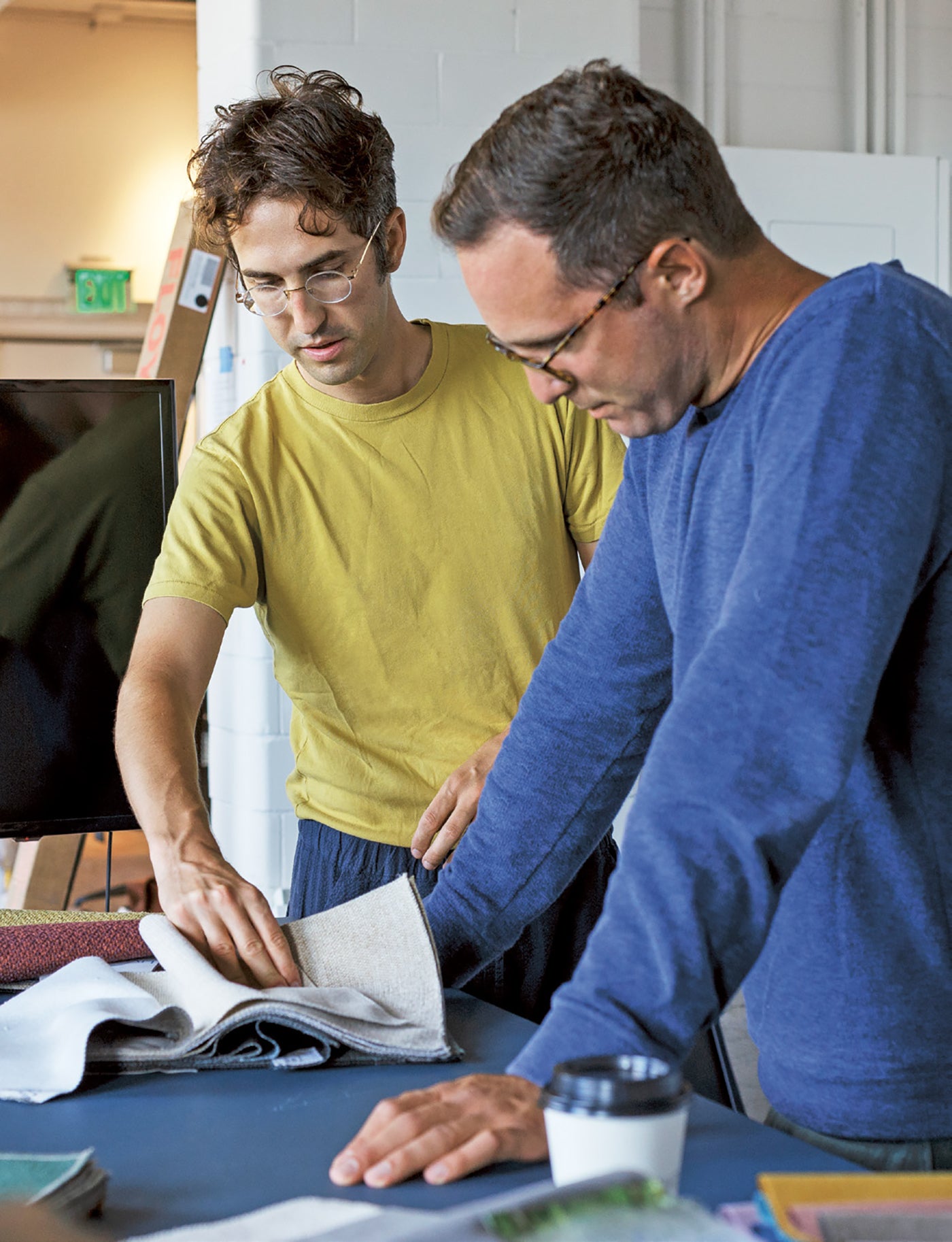
The Cycle of Time Envisaged Through Himali Singh Soin
A visual exploration into contemporary healing and rituals
The sacred symbolism of the Kalachakra mandala has been mistakenly misinterpreted over many generations, which even led to the Dalai Lama weighing in on the matter. More than just a piece of art, the Kalacakra is a Buddhist doctrine based on the concepts of time (kala) and cycles (chakra). Together they form a ritual known as the “Cycle of Time,” which was the origin for artist Himali Singh Soin and her partner, David Soin Tappeser's film that they developed during the pandemic.
Rituals have always been inherent in environmental, social, and political life. They often bring a feeling of solace during periods of tragedy or radical change. Born in India and based between Delhi and London, Soin brings a poetic approach to much of her work—which often explores the spiritual in conjunction with the ecological. Having been awarded the Frieze Artist Award 2019, she is currently writer-in-residence at Whitechapel Gallery and worked on HKW’s mail art series in Berlin. The cosmic entanglement between human and non-human life is a constant theme throughout her art. Following a year of crisis, her latest project is a 17-minute long film that focuses on healing and regeneration. By reimagining the Kalachakra mandala, she asks the audience: “What can a contemporary ritual be?” She describes the work as "a geomantic diagram in which the body, the city, the Earth, and the universe mirror each other in a grand cosmic architecture."

The three-channel visual narrative tells the story of a search for a lost bla, which she says is "a subtle life force that runs through the world-body that has lost itself amid the crisis of the present moment. With the help of the resonance of sound and the force of love poetry, two earth spirits seek to reinvigorate the collective self and learn from the tremulous temporality of the catastrophic."
Spanning over three years, Soin and Tappeser filmed short scenes embodying "characters that we knew were spirits of the earth," she says, "but we didn’t yet know what they had entered our story for." As the pandemic seeped into them, and anxieties around health surfaced, they were left wondering about the health of the planet and worried that its voice would go unheard amid the noise of the present. Coupling their affinities for music and poetry, they suggest that art itself can be reparative. 'as grand as what' is a film that is currently on display at the Shanghai Biennale. For this year's edition, the art festival asked artists and the audience to examine living collectivity at a time when the planet is facing unprecedented challenges, from the accelerating climate crisis to the global pandemic.

'as grand as what' is a three-channel film that reimagines the Kalachakra mandala and asks what have modern rituals become. In today's society, ideas of healing are being marketed with no context to rituals, heritage, or spiritual connectivity. In many ways it has evolved into a commodity, which is why Soin asks what do modern rituals represent?
In the face of extractive modernity, Soin resists the co-option of healing into a cult of narcissistic individualism instead of its continuous effort to balance the scales of life. She says, "The loss of symbols means we have been distanced from our capacity to make meaning, the capacity to inhabit a multiverse and a single atom at once. Loss implying not that which has been lost, but an ongoing erasure of the interconnectedness between a here-and-now world, and a transnational, cosmic place that allows the present moment to desire differently." Like art itself, ‘as grand as what’ offers a combination of love poetry and percussion—which may be therapeutic, and has more agency to turn the wheel of time than we might imagine.
Healing can be violent, extractive, exclusionary, and cultish. But the potential for rituals that allow new possibilities, a practice of listening to those that have not previously been given the privilege of voice can be an offering in itself.

Soin believes that while we "are all always on a path to healing, and everybody has the right to heal, part of that process is to recognize that someone else’s blood and bones lie in the same soil that now yields the fruit that you enjoy. And this realization can lead to grief, but also remind us that we cannot heal as selves if we do not heal as a collective." The cultural appropriation of rituals and remedies spurred Soin to explore this subject and contextualize contemporary healing. When asked if she considers herself an activist, she replies, "We are activists if we are human. This is to say, the desire for justice arises from our most fundamental sense of compassion."
Explore a selection of gestalten visual culture titles.


